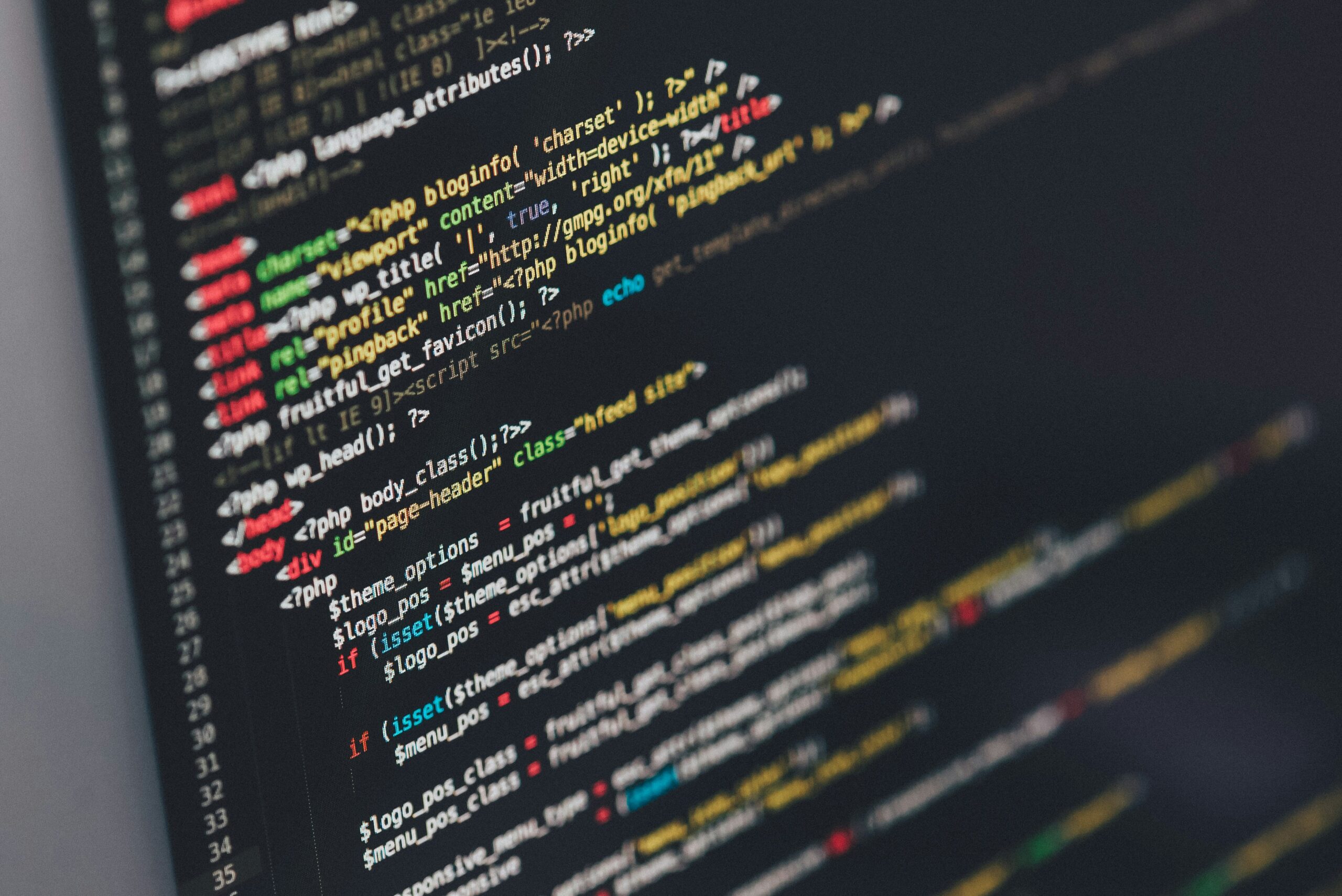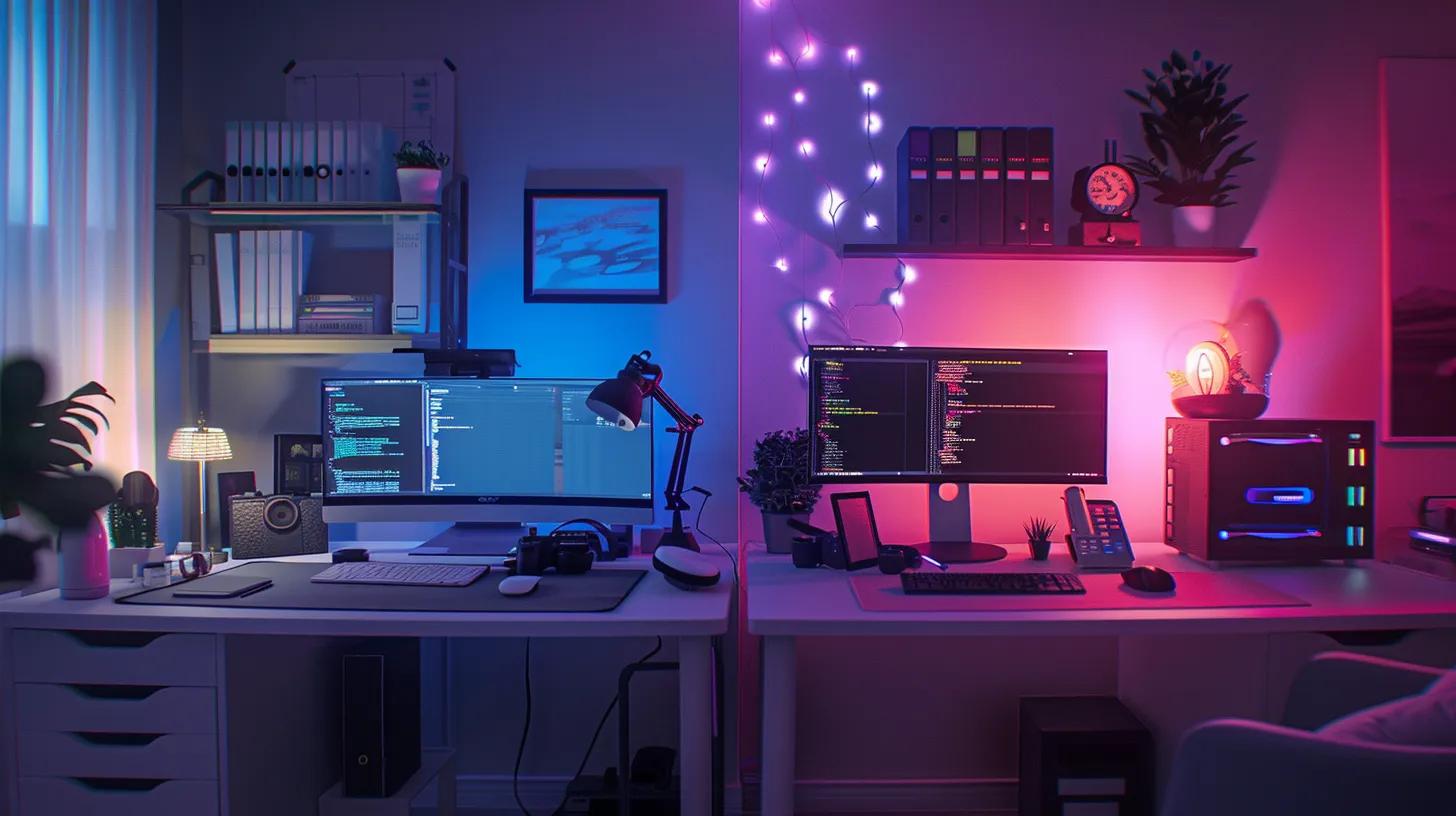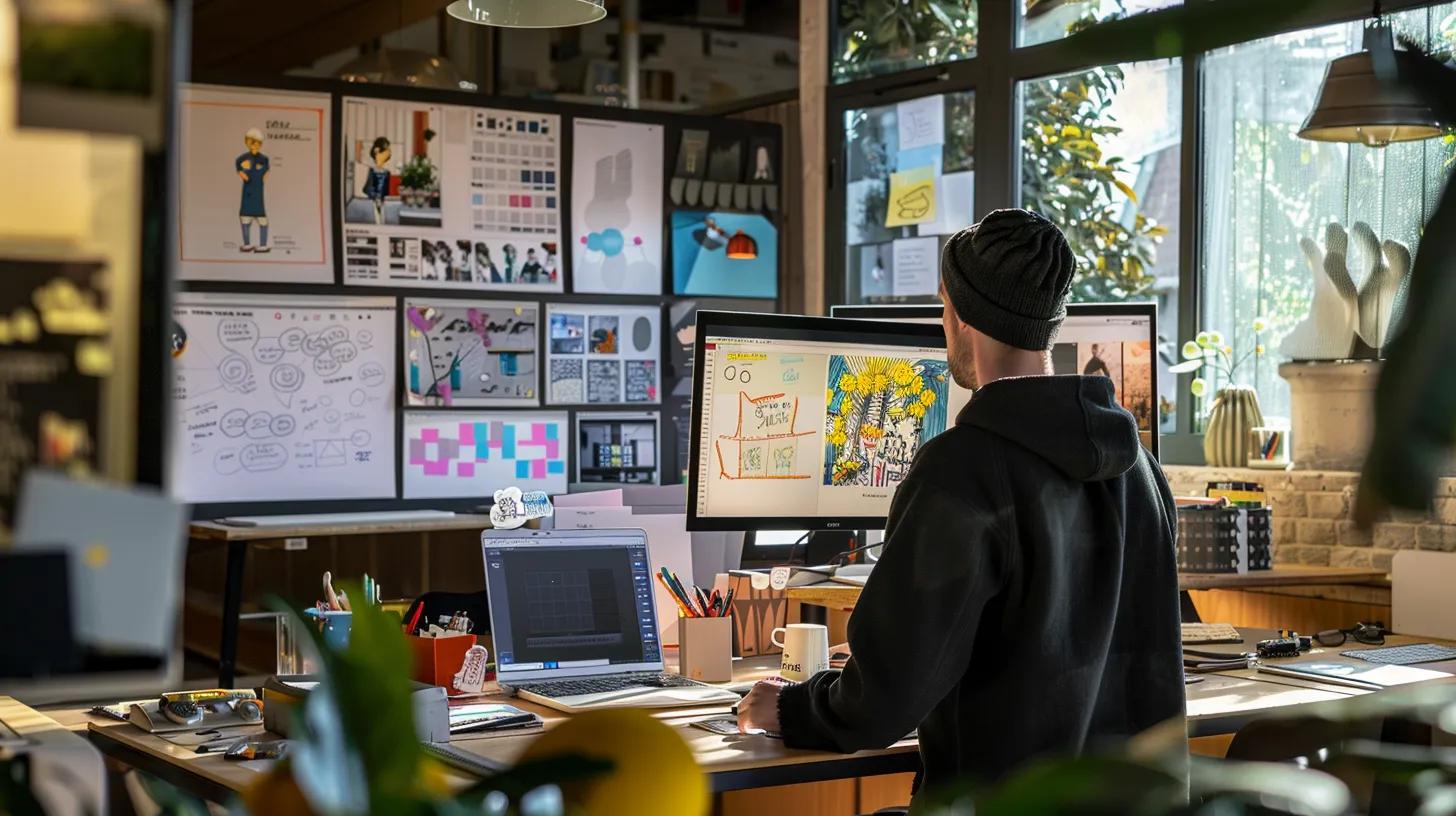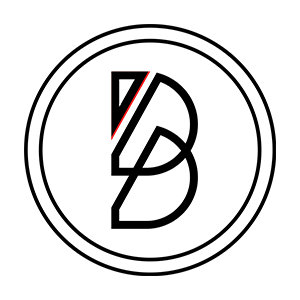Confused about the difference between UX design and development? Many professionals struggle to understand these distinct yet interconnected roles in web creation. This article will clarify the key differences between UX design and development, explore their unique responsibilities, and highlight the importance of collaboration. You’ll gain insights into career opportunities in both fields and learn how to transition between them, helping you make informed decisions about your professional path in the digital industry.
Key Takeaways
- UX design prioritizes user-centered systems, focusing on empathy and aesthetics in digital experiences
- Development brings designs to life through coding, implementing functionality across various platforms
- Collaboration between UX designers and developers is crucial for creating effective digital products
- Both fields offer promising career prospects with opportunities to specialize and advance
- Transitioning between roles requires acquiring new skills and leveraging networking strategies
Understanding the Role of UX Design

UX design focuses on creating user-centered systems that prioritize empathy and aesthetics. This section explores the importance of user-centered design, tools and techniques in UX design, the UX design process, and common misconceptions. From responsive web design to Ruby-based applications, UX designers employ various strategies to enhance user experiences across digital platforms.
The Importance of User-Centered Design
User-centered design forms the foundation of effective UX design, placing users’ needs at the forefront of the development process. This approach involves extensive research, including gathering data from platforms like Glassdoor, to understand user preferences and behaviors. Designers use this information to create intuitive interfaces with appropriate color schemes and graphics that resonate with the target audience. Programming languages like Python can be utilized to analyze user data and inform design decisions, ensuring the final product meets user expectations and enhances overall satisfaction.
- Conduct user research and analyze data
- Create intuitive interfaces with appropriate colors and graphics
- Use programming tools to inform design decisions
- Ensure the final product meets user expectations
Tools and Techniques Used in UX Design
UX designers employ various tools and techniques to create effective web pages and enhance the software development process. They utilize wireframing and prototyping tools to map out user flows and navigation, ensuring a smooth ecosystem for users. Web design software helps create visually appealing interfaces, while user testing platforms gather valuable feedback to refine the user experience.
The UX Design Process Explained
The UX design process involves several stages to create effective web applications that align with user needs and brand policies. It begins with user research and creating user stories to understand the target audience’s requirements. Designers then develop wireframes and prototypes to visualize the user experience design, followed by iterative testing and refinement. Throughout the process, UX designers collaborate with stakeholders to ensure the final product delivers a cohesive and engaging user experience that supports the brand’s goals.
Common Misconceptions About UX Design
UX design often faces misconceptions in the technology industry. Some believe it’s solely about creating visually appealing interfaces, overlooking the crucial role of user research and data analysis. Others mistake UX designers for developers, not realizing that while they may use tools like Git for version control, their primary focus is on crafting user-friendly experiences rather than writing JavaScript code. UX design encompasses a broad range of skills, from conducting user interviews to creating wireframes and prototypes, all aimed at improving the overall user experience:
Overview of Development

Development focuses on bringing designs to life through coding and programming. This section explores web developers’ key responsibilities, various development roles, common programming languages, and the development workflow. Understanding these aspects helps address questions about the development process, its impact on marketing strategies, and how it aligns with the target audience’s needs across different technology stacks.
Key Responsibilities of a Web Developer
Web developers are responsible for translating design concepts into functional websites using markup languages like HTML, CSS, and JavaScript. They focus on understanding client requirements, implementing animations, and ensuring cross-browser compatibility. Continuous learning is essential for developers to stay current with evolving technologies and programming languages. The salary for web developers varies based on experience, location, and specialization:
Different Types of Development Roles
Development roles encompass various specializations within the field of computer science. Front-end developers focus on creating user interfaces using CSS and design thinking principles, often collaborating with UX designers who use tools like Figma to create concepts. Back-end developers work on server-side logic and databases, while full-stack developers possess skills in both front-end and back-end technologies. Other roles include:
- Mobile app developers
- DevOps engineers
- Game developers
- Cloud computing specialists
Programming Languages Commonly Used in Development
Developers use various programming languages to build usable and efficient applications for the internet. Popular languages include JavaScript, Python, and Java, each offering unique advantages for different aspects of development. Programmers often specialize in frameworks like Angular to enhance creativity and streamline the development process. The choice of language depends on project requirements, scalability needs, and the developer’s expertise:
- JavaScript for front-end interactivity
- Python for back-end logic and data analysis
- Java for enterprise-level applications
- Ruby for rapid prototyping
- PHP for server-side scripting
The Development Workflow
The development workflow encompasses various stages, from initial planning to deployment on the World Wide Web. Developers apply their knowledge and soft skills throughout this process, using tools like Adobe XD for design collaboration. The goal is to create functional, efficient applications that meet user needs and business objectives. This iterative process involves coding, testing, and refining the product to ensure it performs optimally across different platforms and devices.
Key Differences Between UX Design and Development

UX design and development have distinct roles in creating digital products. UX designers focus on user experience, crafting intuitive menus and prototypes. Developers bring these designs to life, ensuring functionality. This section explores their objectives, skill sets, and collaboration, highlighting how data and user interactions shape their work. Both fields often require a bachelor of science degree but emphasize different expertise.
Distinguishing Objectives and Goals
UX design and web development have distinct objectives and goals in the creation of digital products. UX designers focus on enhancing user satisfaction through improved usability, accessibility, and interaction design, often using tools like Don Norman’s design principles to guide their work. Web developers, on the other hand, aim to build functional and efficient websites or applications using programming languages such as Java. Both roles rely on feedback to refine their work, but they approach it from different angles:
- UX designers gather user feedback to improve interface design
- Web developers use feedback to enhance functionality and performance
- UX designers create prototypes to test user interactions
- Developers implement and optimize code based on technical feedback
User Interaction vs. Functionality Focus
UX design and development diverge in their primary focus. UX designers prioritize user interaction, studying behavior patterns to create intuitive interfaces. They employ design methodologies to enhance user satisfaction and engagement. In contrast, developers concentrate on functionality, using languages like PHP to engineer robust systems. While designers craft the user experience, developers ensure the underlying code effectively supports these interactions.
Collaboration Between Designers and Developers
Effective collaboration between UX designers and developers forms the cornerstone of successful digital product creation. Designers utilize tools like Adobe Photoshop to create visually appealing interfaces, while developers implement these designs using various programming languages. This partnership fosters a community-driven approach, where insights from “The Design of Everyday Things” guide user-centric solutions. Together, they balance aesthetics with functionality, ensuring seamless interactivity across digital platforms.
Skill Sets Required for UX Design and Development
UX designers and developers require distinct skill sets to excel in their respective fields. UX designers need proficiency in user research, wireframing, and prototyping tools, often utilizing Adobe Creative Cloud for visual design. They must possess strong analytical and problem-solving abilities to interpret user data and create intuitive interfaces. On the other hand, developers focus on software engineering skills, including proficiency in HTML and various programming languages. They need a deep understanding of database management, version control systems, and web development frameworks to build functional and efficient applications. Both roles benefit from strong communication skills to collaborate effectively and translate complex information into actionable solutions:
The Importance of Collaboration in UX and Development

Collaboration between UX designers and developers is essential for creating effective software interfaces. This section explores how UX design informs development, the role of feedback in refining mockups and code, and case studies showcasing successful collaborations. Understanding these aspects helps teams create cohesive infographics and digital products that meet user needs and technical requirements.
How UX Design Informs Development
UX design plays a crucial role in informing development by providing a blueprint for creating user-centered interfaces. Designers focus on accessibility and user interface elements, ensuring that the function of a mobile app or website aligns with user needs. This collaboration helps developers implement features that enhance user experience while also considering search engine optimization. By working closely with UX designers, developers can create more intuitive and efficient digital products that meet both user expectations and technical requirements.
The Role of Feedback in the Process
Feedback plays a crucial role in the collaborative process between UX designers and web developers. Through usability testing, designers gather insights on typography, layout, and user interactions, which inform the developer’s implementation. Clients provide valuable input, helping refine the project’s direction and ensuring alignment with business goals. This iterative feedback loop fosters problem-solving and continuous improvement, resulting in more effective digital solutions:
- Conduct usability tests to evaluate design effectiveness
- Incorporate client feedback to align with business objectives
- Refine typography and layout based on user interactions
- Iterate on designs and code to address identified issues
Case Studies Highlighting Successful Collaborations
Successful collaborations between UX designers and developers have led to innovative solutions in education technology and web applications. One case study involved a team using React to create an interactive learning platform, where UX designers focused on intuitive page layouts and graphic design elements to enhance student engagement. The developers implemented these designs, optimizing the workflow for both educators and learners. This collaboration resulted in a user-friendly interface that improved educational outcomes:
Career Opportunities in UX Design and Development

Career opportunities in UX design and development are expanding with the growth of analytics, internet of things, and data science. This section explores career pathways for UX designers and prospects for web developers and compares job market demand for each role. From front-end development to enhancing end-user experiences, both fields offer diverse and rewarding career options in the digital landscape.
Career Pathways for UX Designers
UX designers navigate diverse career pathways, often starting with foundational roles in information architecture and web development. As they gain experience, opportunities expand into specialized areas such as frontend and backend design, combining aesthetics with database functionality. Career progression typically involves developing a broad skill set encompassing user research, prototyping, and usability testing, enabling UX designers to create more comprehensive and effective digital experiences.
Prospects for Web Developers
Web developers enjoy promising career prospects in the rapidly evolving field of computer programming. Their experience in crafting functional and efficient websites attracts attention from various industries seeking skilled professionals. The definition of a web developer’s role continues to expand, encompassing front-end design, back-end architecture, and full-stack capabilities. As technology advances, web developers find opportunities in areas such as:
- E-commerce platform development
- Mobile app creation
- Cloud computing solutions
- Artificial intelligence integration
- Cybersecurity enhancement
Comparing Job Market Demand for Each Role
The job market demand for UX designers and web developers remains strong, with both roles essential in creating effective websites and landing pages. UX designers focus on interaction design, ensuring intuitive user experiences across digital platforms. Web developers, specializing in software development, build the functional aspects of these designs. While UX design emphasizes user-centric approaches, web development requires technical expertise in coding languages. Both fields offer promising career prospects, with companies increasingly recognizing the value of seamless user experiences and robust website functionality:
- UX designers shape user interactions and overall experience
- Web developers implement technical solutions and functionality
- Both roles contribute to creating effective digital products
- Demand for skills in both areas continues to grow across industries
How to Transition From UX Design to Development

Transitioning between UX design and development roles requires acquiring essential skills and leveraging learning resources. Industry experts provide valuable insights on making the switch, while effective networking strategies can facilitate career changes. This section explores the key steps and considerations for professionals looking to transition between these interconnected fields in the tech industry.
Essential Skills for Transitioning Between Roles
Transitioning between UX design and development roles requires acquiring a diverse skill set. UX designers moving into development need to learn programming languages such as HTML, CSS, and JavaScript, while developers transitioning to UX design should focus on user research techniques, wireframing, and prototyping tools. Both transitions demand a solid understanding of user-centered design principles and the ability to collaborate effectively across disciplines. Professionals making the switch benefit from developing strong problem-solving skills and adaptability to navigate the challenges of their new role.
Recommended Learning Resources and Courses
Professionals transitioning between UX design and development can access various learning resources and courses to acquire essential skills. Online platforms like Coursera, Udacity, and edX offer comprehensive programs covering both UX design principles and programming fundamentals. For those moving into development, coding boot camps provide intensive training in web technologies, while UX design courses focus on user research methods and prototyping tools. Aspiring UX designers and developers can benefit from the following resources:
- Online learning platforms (e.g., Coursera, Udacity, edX)
- Coding bootcamps for intensive programming training
- UX design courses focusing on research and prototyping
- Industry-specific workshops and webinars
- Professional certifications in UX design or web development
Industry Insights on Making the Switch
Industry professionals transitioning between UX design and development often find success by focusing on transferable skills. UX designers moving into development leverage their understanding of user needs to create more intuitive code structures. Developers shifting to UX design apply their technical knowledge to craft more feasible design solutions. Experts recommend starting with small projects that combine both disciplines and gradually building a portfolio that showcases the ability to bridge the gap between design and development.
Networking Strategies for Career Changes
Effective networking strategies are crucial in facilitating career transitions between UX design and development. Professionals can attend industry conferences, join online communities, and participate in local meetups to connect with peers in their target field. Building relationships with recruiters specializing in tech roles can provide valuable insights into job market trends and opportunities. Engaging in collaborative projects or hackathons offers hands-on experience and networking possibilities, helping individuals showcase their skills to potential employers or clients:
Conclusion
UX design and development are distinct yet complementary fields crucial for creating effective digital products. While UX designers focus on user-centered experiences and intuitive interfaces, developers implement these designs through coding and functionality. The collaboration between these roles is essential for delivering seamless, user-friendly, and technologically sound solutions. Understanding the key differences and insights between UX design and development empowers professionals to make informed career decisions and fosters better collaboration in the ever-evolving digital landscape.
